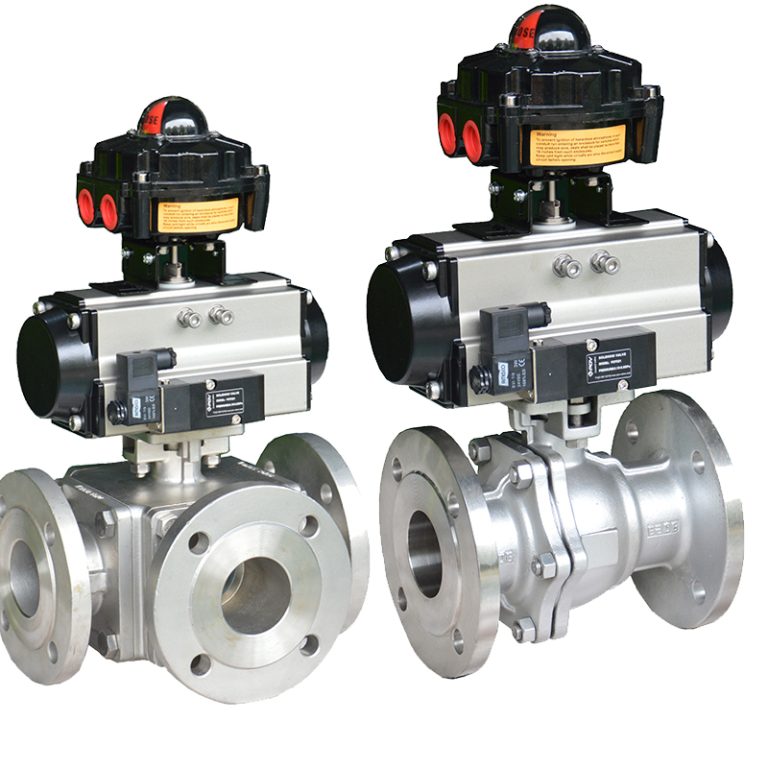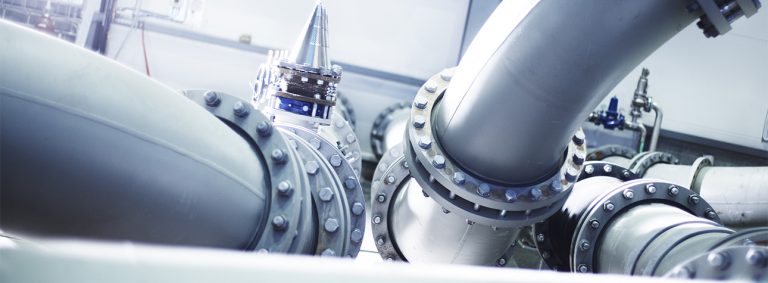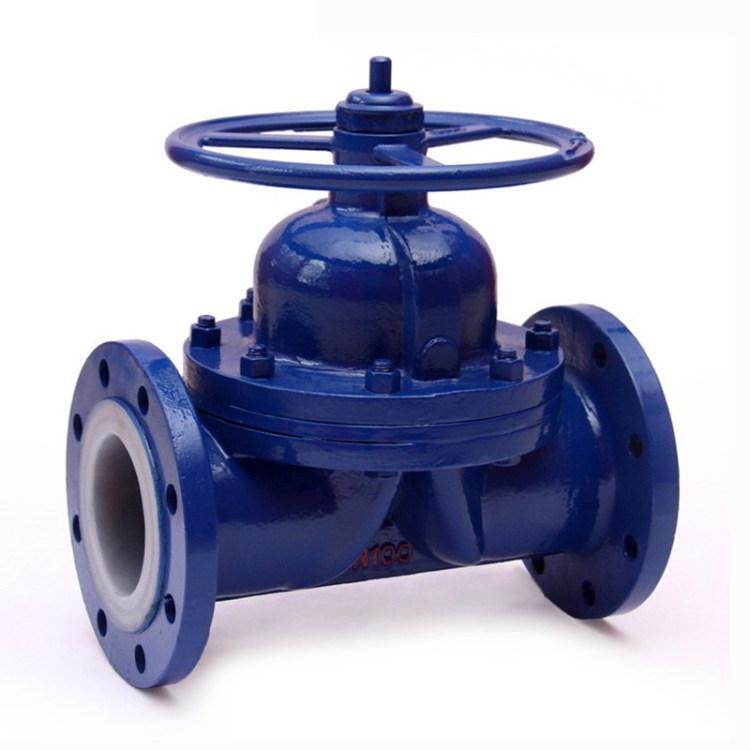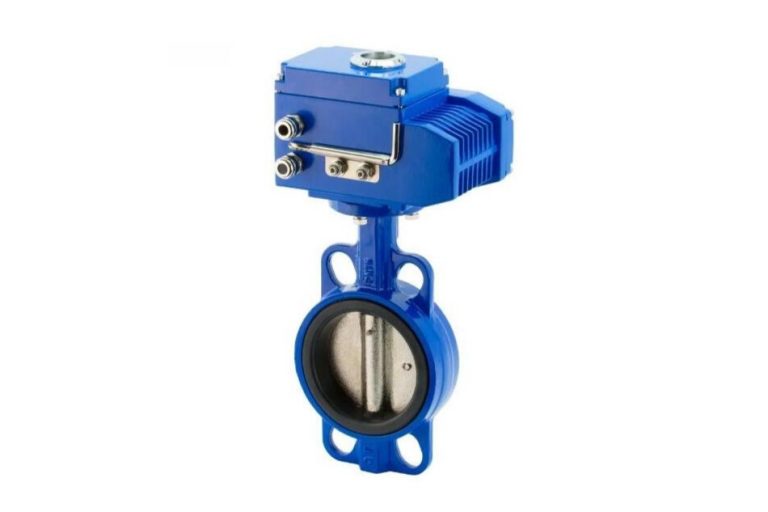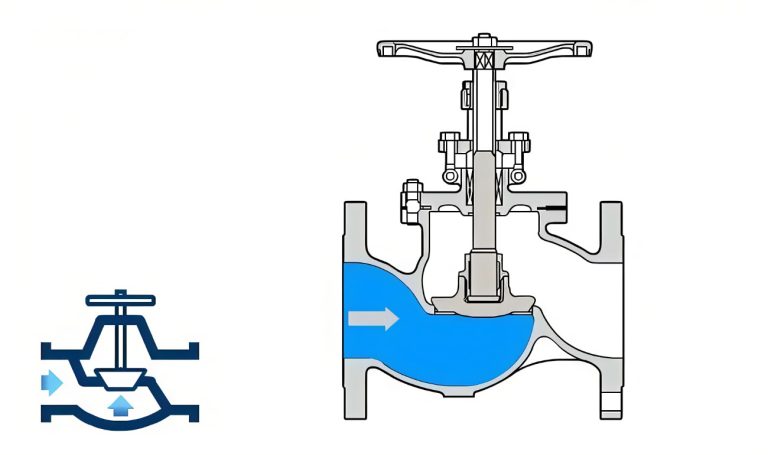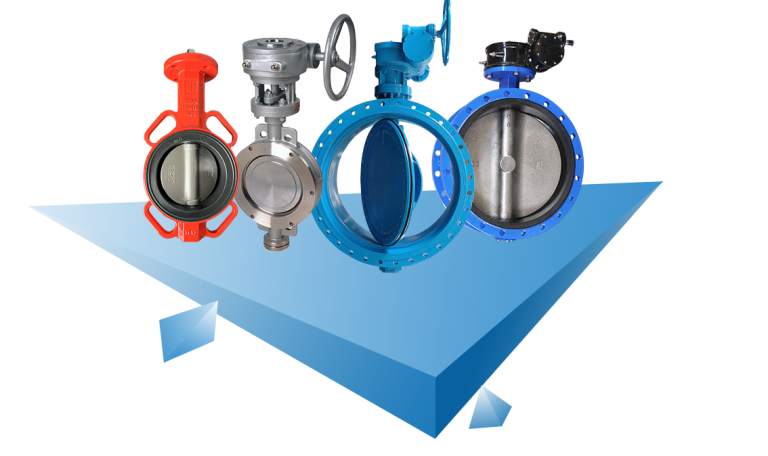Introduction to Resilient Seat Gate Valve.
Resilient seat gate valve (also known as soft seat gate valve or elastic seat gate valve) is a valve widely used in pipeline systems such as water supply, drainage, and fire protection. The valve consists of a valve seat, valve cover, gate plate, gland, valve stem, handwheel, sealing gasket, and hexagon socket bolts. Both the internal flow path and exterior of the valve are coated with electrostatic powder and baked in a high-temperature furnace, ensuring smoothness of the entire flow passage and the wedge-shaped groove inside the valve. This process also gives the valve an aesthetically pleasing color finish—typically blue (high-gloss blue) for general water conservancy applications and red (high-gloss red) for fire protection pipelines. Widely favored by users, resilient seat gate valves are virtually tailor-made for water conservancy projects.

Types and applications of resilient seat gate valves.
As a common manual on/off valve in pipelines, resilient seat gate valves are primarily used in:
- Water treatment plants
- Sewerage systems
- Municipal drainage projects
- Fire protection pipelines
- Industrial pipelines carrying non-corrosive liquids or gases
They can be customized for specific applications, including:
- Rising stem soft sealing gate valves
- Non-rising stem soft sealing gate valves
- Extended stem soft sealing gate valves
- Buried soft sealing gate valves
- Electrically or pneumatically actuated soft sealing gate valves
Main performance characteristics of soft sealing gate valves.
The core feature of resilient seat gate valve lies in using elastic materials (such as rubber) as sealing elements, combined with the structural design of gate valves to achieve reliable opening and closing. The following are its main performance characteristics:
1. Excellent sealing performance.
- Soft sealing design: The valve disc is wrapped with elastic rubber (typically EPDM or NBR), which closely fits the valve seat to achieve bi-directional sealing (both inlet and outlet sides can be sealed), with a leakage rating reaching zero leakage (Class VI).
- Strong adaptability: The rubber seal can compensate for minor deviations, tolerate slight pipeline vibrations or deformations, and reduce the risk of leakage caused by installation errors.
2. Low flow resistance and energy saving.
- Full bore design: When the valve is open, the passage is basically consistent with the inner diameter of the pipeline, resulting in low fluid resistance, which is suitable for large-flow transportation and reduces energy consumption.
- No eddy current loss: After the gate is fully lifted, it does not interfere with the flow pattern, avoiding local pressure loss.
3. Corrosion resistance and long service life.
- Valve body material: Usually made of ductile iron, stainless steel, or copper alloy, with a lining of anti-corrosion coating (such as epoxy resin), suitable for occasions with complex water quality.
- Rubber durability: The valve disc rubber undergoes vulcanization treatment, which is wear-resistant and aging-resistant, and is not easy to harden or crack after long-term use.
4. Light and flexible operation.
- Low torque opening and closing: The gate has no threaded connection with the valve stem (usually a T-slot structure), and there is no friction on the sealing surface during the opening and closing process, resulting in small operating torque. It can be equipped with a manual worm gear or electric actuator.
- Installation in any position: Supports horizontal, vertical, or inclined installation to adapt to different pipeline layouts.
5. Simple maintenance.
- Integrated structure: Most of them are integral valve bodies, and the internal components of the valve (such as the gate and sealing ring) can be replaced without disassembling the pipeline.
- Lubrication-free: The rubber seal does not require additional lubrication, reducing maintenance costs.
6. Wide range of applications.
- Applicable media: Water, sewage, neutral gases, etc. (not suitable for high-temperature steam, strong acids and alkalis, or media containing solid particles).
- Pressure/temperature range: Usually PN10-PN16, temperature ≤80°C (specifically depending on the rubber material).

Advantages compared to traditional gate valves.
| Characteristic | Resilient Seat Gate Valve | Traditional Metal Seated Gate Valve |
|---|---|---|
| Sealing Performance | Zero leakage (rubber elasticity) | Possible minor leakage (metal hard seal) |
| Flow Resistance | Extremely low (full bore design) | Medium (partial reduced bore design) |
| Particle Resistance | Poor (rubber susceptible to wear) | Good (metal resistant to erosion) |
| Maintenance Cost | Low (easy rubber replacement) | High (requires sealing surface grinding) |
Disadvantages of resilient seat gate valves.
- The sealing surfaces are prone to erosion and abrasion, making maintenance difficult.
- Requires more installation space due to its large outline dimension.Takes longer to open and close, as it needs a certain stroke distance.
- The structural design is relatively complicated, involving more components and assembly steps.
Precautions.
- Avoid dry running: Medium must be present when opening/closing the valve to prevent rubber damage from dry friction.
- Regular inspection: After long-term use, check for aging or tearing of rubber seals, especially in environments with chlorine or ozone.
Summary.
Resilient seat gate valves, with their superior sealing and durable characteristics, fully demonstrate their value in diverse fields ranging from municipal water supply/drainage to chemical engineering and power generation. However, in high-temperature, high-pressure, or hard particle-containing conditions, other valves (such as metal-seated gate valves or butterfly valves) should be selected.

